Authors
F Gonzalez-Perez, J Hernandez, C Heimann, J B Phillips, E Udina, X Navarro
Lab
Institute of Neurosciences and Department of Cell Biology, Physiology, and Immunology, Universitat Aut˜noma de Barcelona, and CIBERNED, Bellaterra, Spain
Journal
Journal of Neurosurgery
Abstract
OBJECTIVE Artificial nerve guides are being developed to substitute for autograft repair after peripheral nerve injuries. However, the use of conduits is limited by the length of the gap that needs to be bridged, with the success of regeneration highly compromised in long gaps. Addition of aligned proregenerative cells and extracellular matrix (ECM) components inside the conduit can be a good strategy to achieve artificial grafts that recreate the natural environment offered by a nerve graft. The purpose of this study was to functionalize chitosan devices with different cell types to support regeneration in limiting gaps in the rat peripheral nerve.
METHODS The authors used chitosan devices combined with proteins of the ECM and cells in a rat model of sciatic nerve injury. Combinations of fibronectin and laminin with mesenchymal stem cells (MSCs) or Schwann cells (SCs) were aligned within tethered collagen-based gels, which were placed inside chitosan tubes that were then used to repair a critical-size gap of 15 mm in the rat sciatic nerve. Electrophysiology and algesimetry tests were performed to analyze functional recovery during the 4 months after injury and repair. Histological analysis was performed at the midlevel and distal level of the tubes to assess the number of regenerated myelinated fibers.
RESULTS Functional analysis demonstrated that SC-aligned scaffolds resulted in 100% regeneration success in a 15-mm nerve defect in this rat model. In contrast, animals that underwent repair with MSC-aligned constructs had only 90% regeneration success, and those implanted with acellular bridges had only 75% regeneration.
CONCLUSIONS These results indicate that the combination of chitosan conduits with ECM-enriched cellular gels represents a good alternative to the use of autografts for repairing long nerve gaps.
BIOSEB Instruments Used
Electronic Von Frey 4 (BIO-EVF4),Electronic Von Frey 5 with embedded camera (BIO-EVF5)
Source :

 Pain - Thermal Allodynia / Hyperalgesia
Pain - Thermal Allodynia / Hyperalgesia Pain - Spontaneous Pain - Postural Deficit
Pain - Spontaneous Pain - Postural Deficit Pain - Mechanical Allodynia / Hyperalgesia
Pain - Mechanical Allodynia / Hyperalgesia Learning/Memory - Attention - Addiction
Learning/Memory - Attention - Addiction Physiology & Respiratory Research
Physiology & Respiratory Research





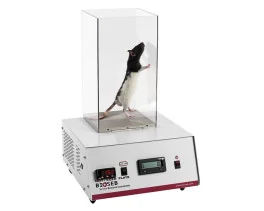

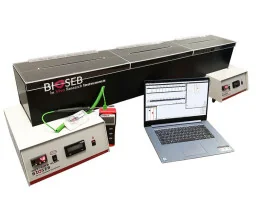



![Dynamic Weight Bearing 2.0 – Postural Module [Add-on]](https://bioseb.com/733-home_default/dynamic-weight-bearing-20-add-on-postural-module.jpg)



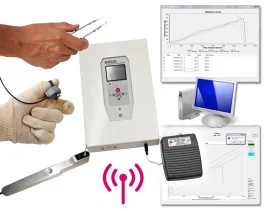
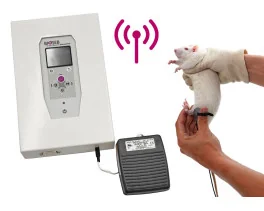












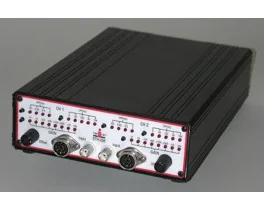
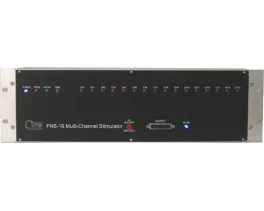

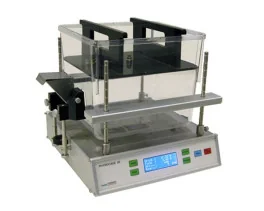

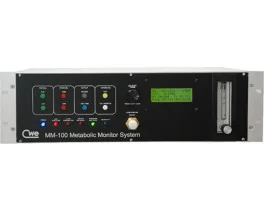

 Pain
Pain Central Nervous System (CNS)
Central Nervous System (CNS) Neurodegeneration
Neurodegeneration Sensory system
Sensory system Motor control
Motor control Mood Disorders
Mood Disorders Other disorders
Other disorders Muscular system
Muscular system Joints
Joints Metabolism
Metabolism Cross-disciplinary subjects
Cross-disciplinary subjects CONFERENCES & MEETINGS
CONFERENCES & MEETINGS 
